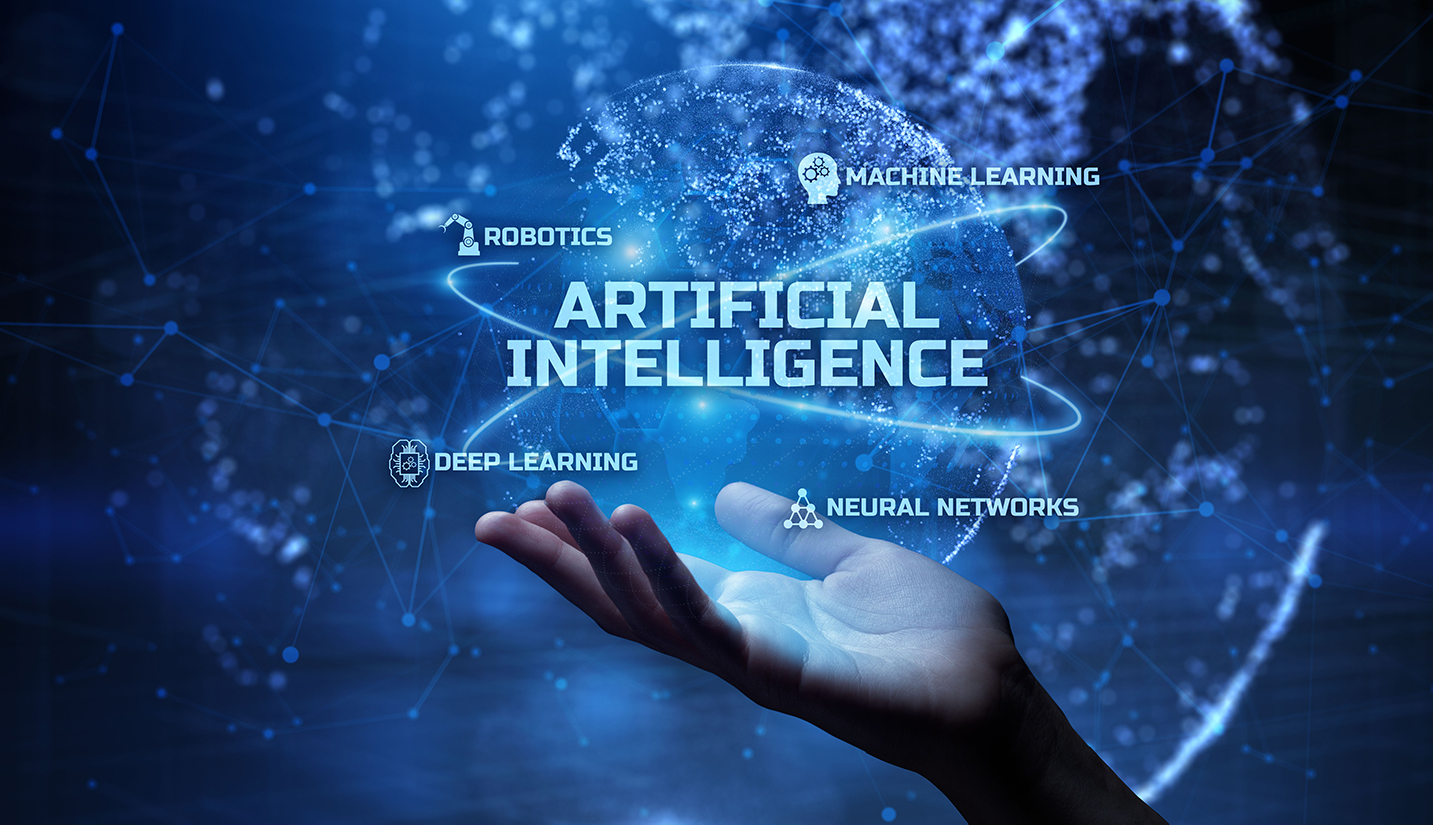Future Healthcare Trends for Machine Learning
The healthcare industry is taking steps to modernize its technologies to not only better serve patients, but also improve upon their processes -- both patient-focused and back-end. Artificial intelligence and machine learning are largely seen as key technologies that the healthcare industry is focusing its attention on, as their applications and capabilities are endless. Technology giants like Microsoft and Oracle, among others, are all getting into the mix.

So what does the future hold for AI and machine learning in healthcare?
AI and Machine Learning Trends to Watch For
In an article from Analytics Insight, they propose nine future trends to watch for:
Machine learning is already widely used for precision medicine. It predicts successful treatment protocols using patient data and the treatment context. Precision medicine enables highly specific, personalized treatment plans and can lead to better clinical outcomes.
Tackling $1 Trillion in Administrative Waste
The article notes several areas in which AI and machine learning can help back-end processes, specifically revenue cycle management. In a recent post from the OrboNation Healthcare blog, it's estimated that there is $1 trillion in administrative waste in healthcare due to the complexities and fragmentation of the US healthcare system. Brian Robertson, CEO of VisiQuate, discusses in an interview with HealthCare IT News how IT tools such as artificial intelligence, machine learning, and revenue cycle data analytics are readily available to help provider organizations cut administrative waste. The key to success is knowing how to deploy and use these tools.

AI and machine learning can analyze how process waste is preventing people and systems from working more efficiently and focusing on the most important tasks. Ferreting out this information historically would require an army of data analysts and data scientists to uncover patterns and defects.
But AI, machine learning and computer vision can do this work exponentially faster. This allows you to get to action at scale in a fraction of the time.
The idea that you can train a piece of technology to work and perform 24 hours a day, every day, is extremely powerful. AI and machine learning can be used to constantly monitor and contextualize what's going on across all clients and systems, from the procedure-diagnosis level, to the claims-entity level, to medical records coding, looking to identify bottlenecks that cause waste.
Revenue cycle FTEs are capable of processing much higher impact claims exceptions, versus administrative and more clerical errors like constant problems with missing information. Examples include complex medical necessity or coding justification versus fixing missing financial and demographic information.
Artificial Intelligence and machine learning are regarded as the top technologies for reducing administrative waste. As noted by Robertson, healthcare claims processing is an area that can most benefit from the technologies, as these technologies are able to process payments faster than humans -- and more accurately -- improving data quality.
One can argue that AI and machine learning are no longer the future; rather, those healthcare organizations that are not currently deploying or in the process of deploying these technologies have fallen behind. Don't wait until it's too late!